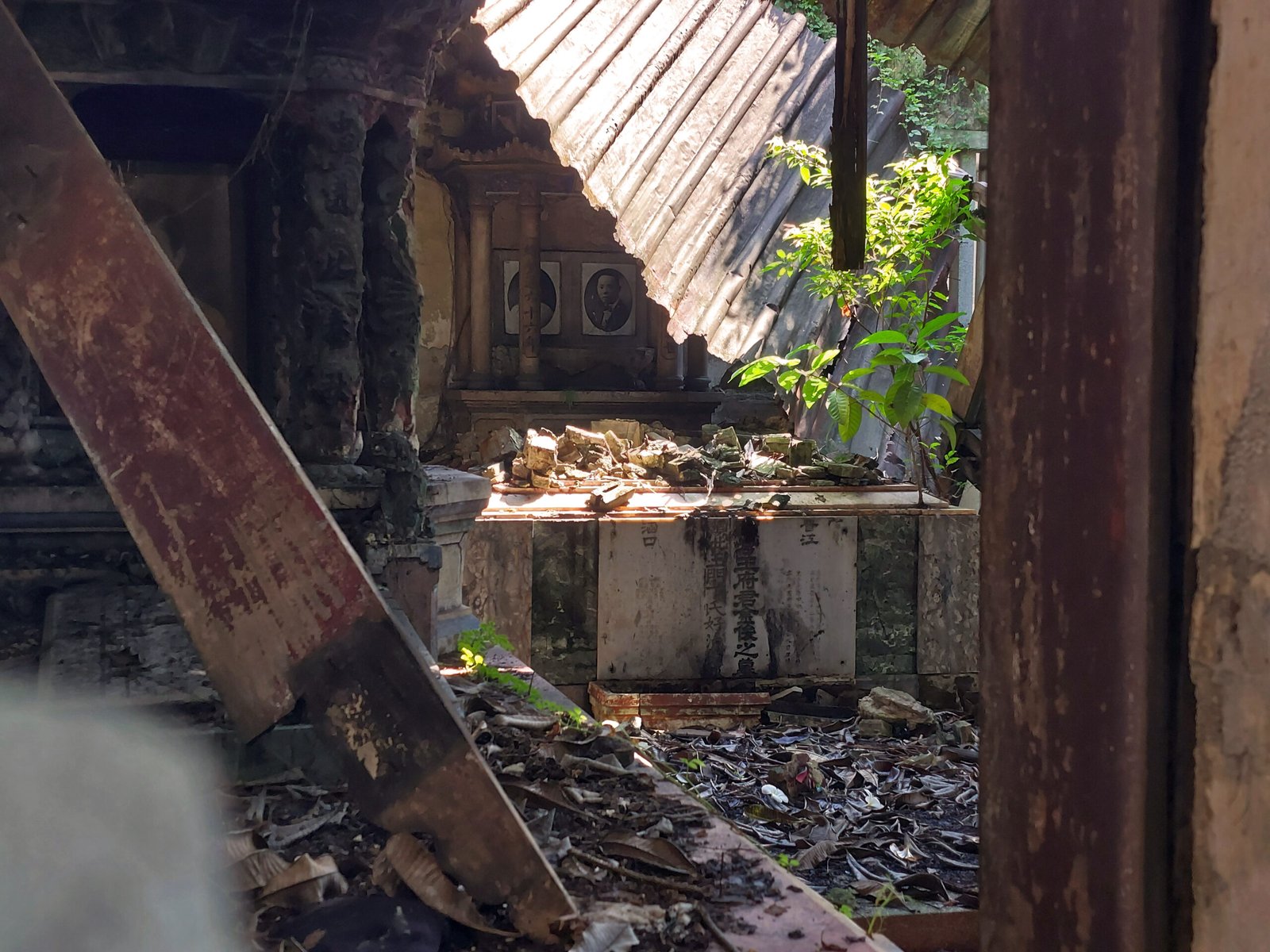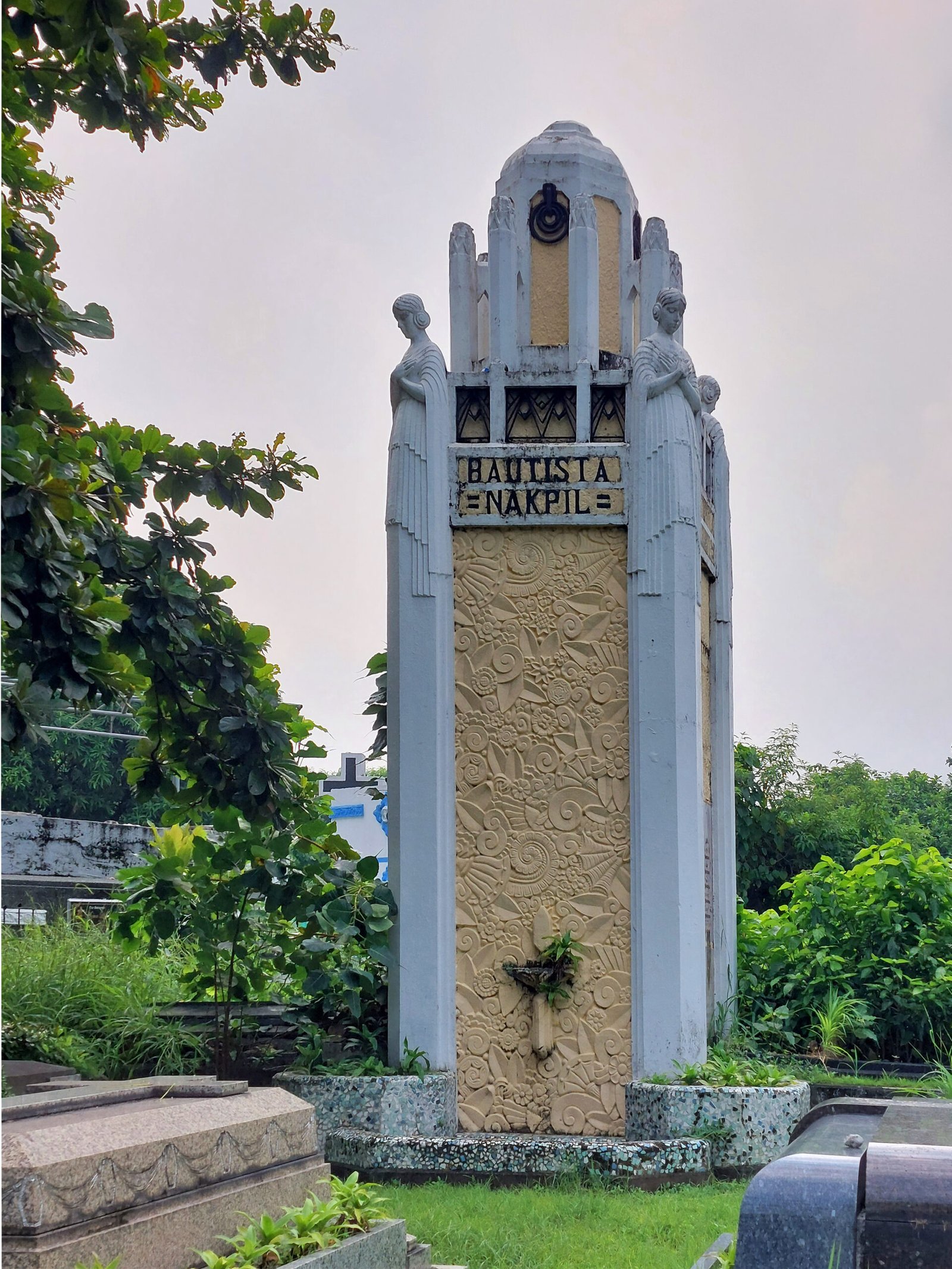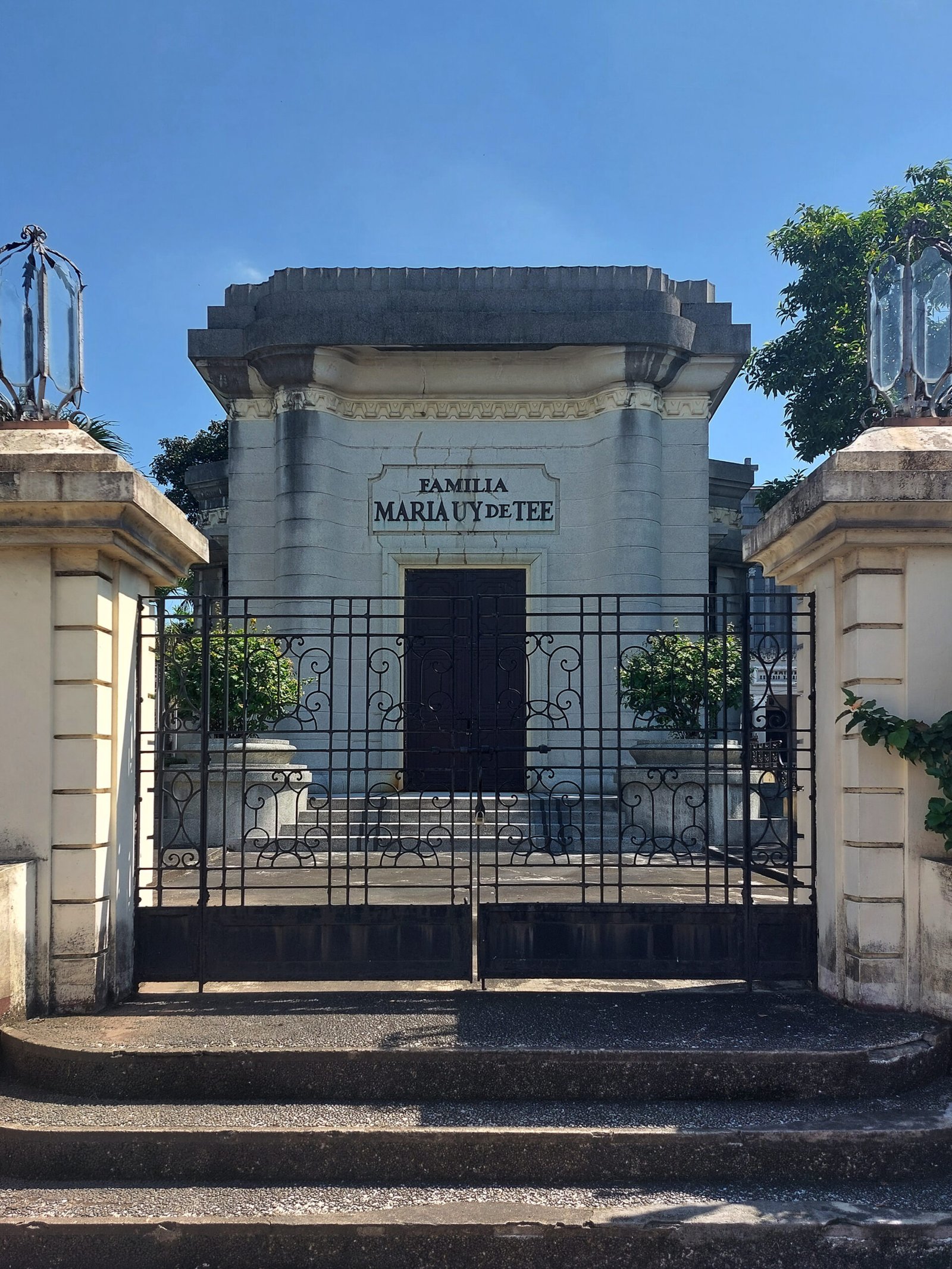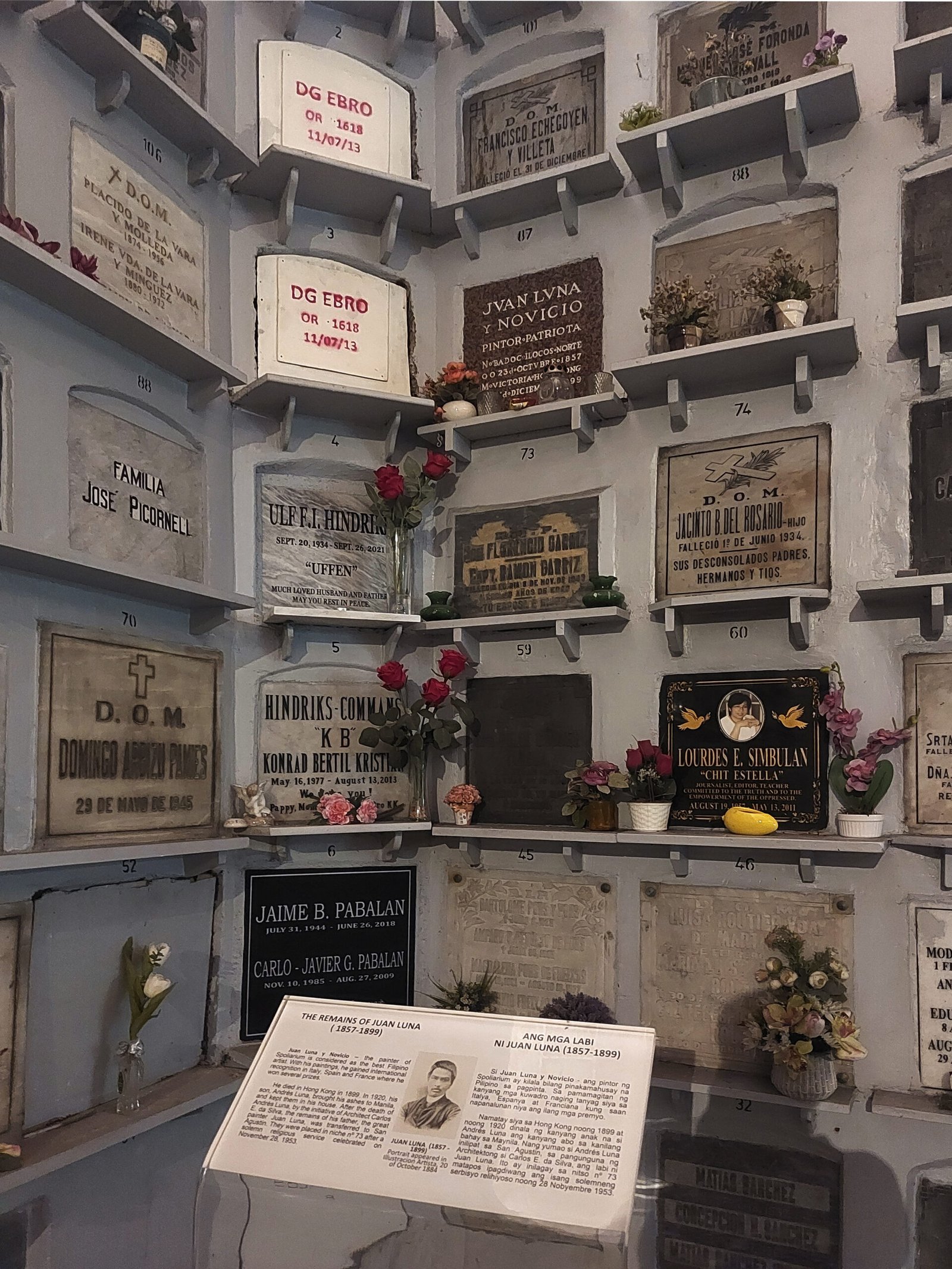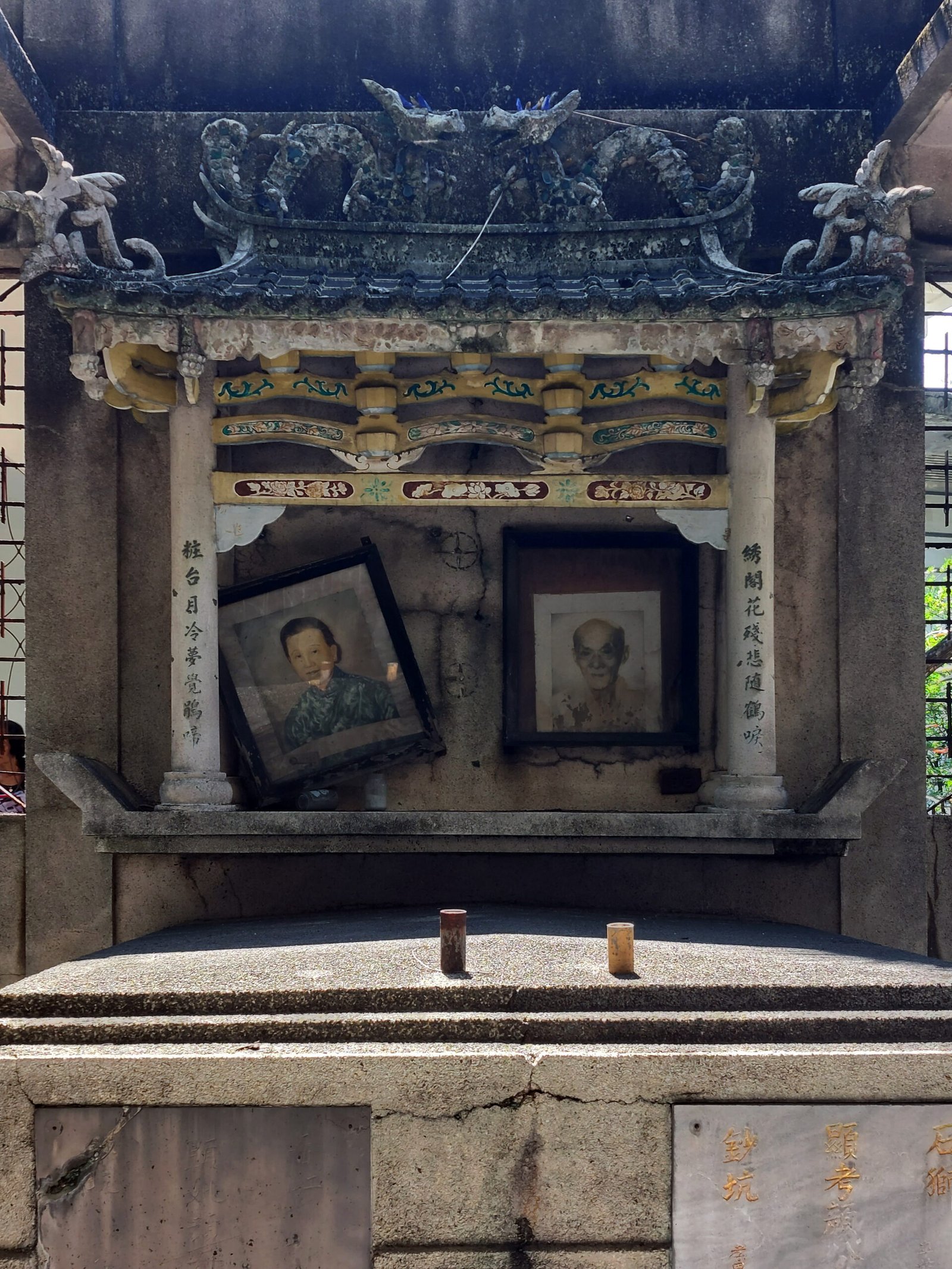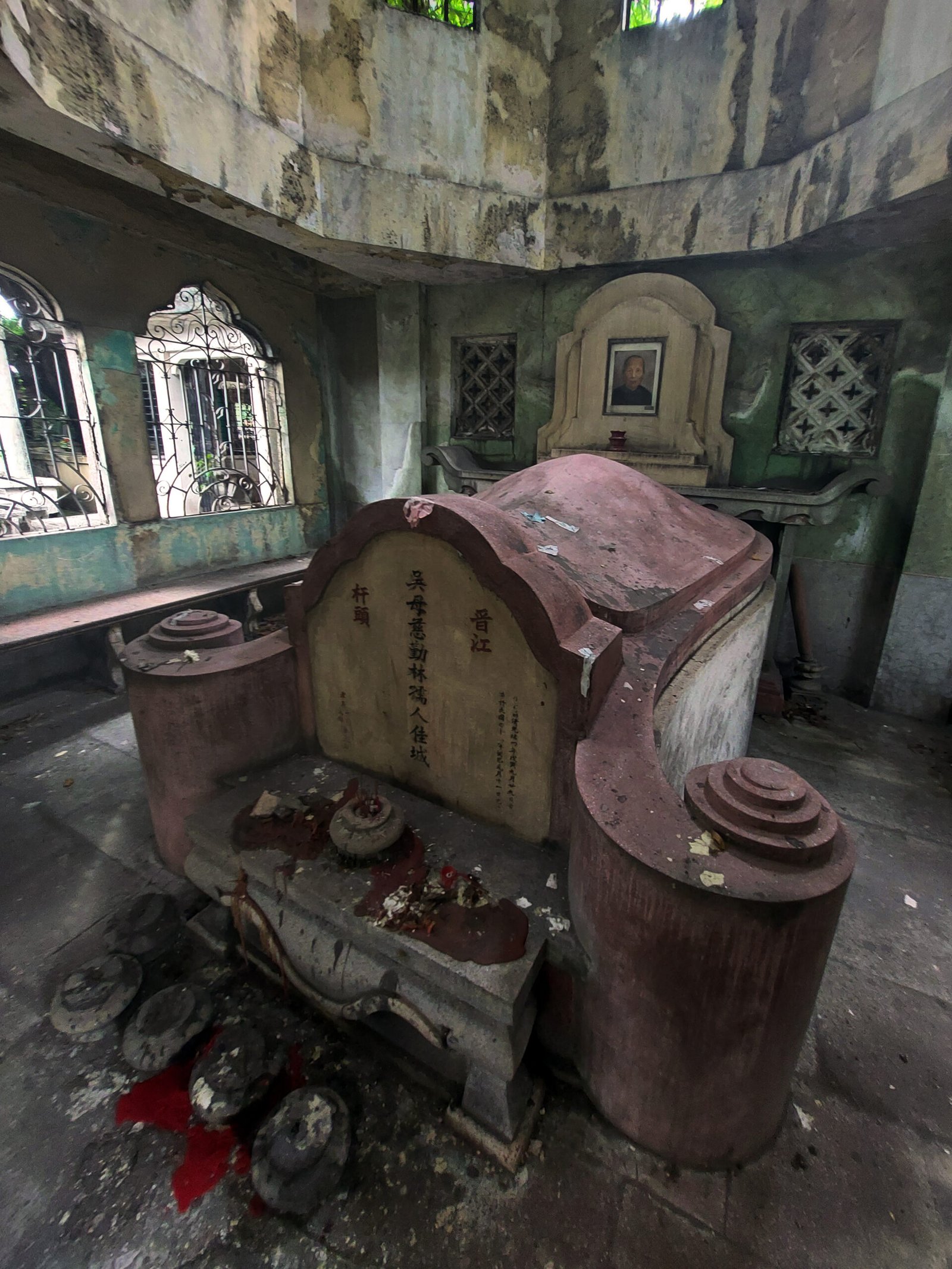Interview The Kanto team
Images Hans Malgapu
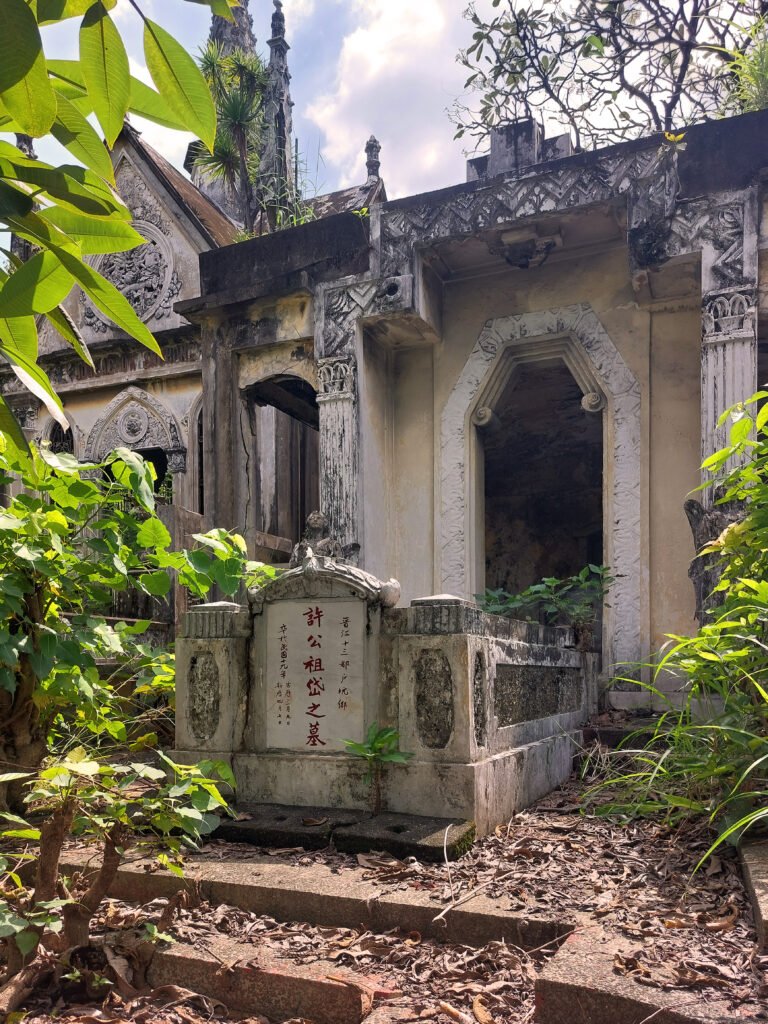

Hello Hans! Welcome to Kanto! You are quite the multi-faceted storyteller, dabbling in photography, poetry, and recently, art to let loose the narratives you want to share. We’ve noted the frequency you’ve been visiting Manila’s cemeteries. Do tell us the narrative behind this fascination for the domain of the dead.
Hans Malgapu: My interest in taphophilia (passion for cemeteries and rituals on death) began in 2009 when my friends and I first visited Manila North Cemetery. We explored distinctive graves, weaving stories for our “urban tambay tales” – our way of entertaining ourselves with spooky narratives. Amidst tarrying the streets of our barangay with our cigarettes, we contemplated life and death. Fast forward to late 2021, amid the depths of the COVID-19 pandemic, I decided to actualize my plans, fueled by a newfound interest in architecture, courtesy of virtual acquaintances providing valuable information.
On one hand, my focus on heritage and photographing places revolves around understanding cemeteries as reflections of society, showcasing history and culture. Armed with current knowledge and a dispelled fear of imprisoning spirits in my device, I pursue this exploration.
On the other hand, from a writing perspective, cemeteries offer a vivid canvas filled with images—a rich source of live metaphors and ironies. Consider the paradox of tombstones bearing “Rest in Peace” while, like guillotines, due dates lead to exhumation. No human body is spared from eviction, the final nail in their coffin.
Consequently, cemeteries have served as backdrops, tropes, and objective correlatives for over a decade in my poems and flash fiction works, delving into the intricate theme of life and death.
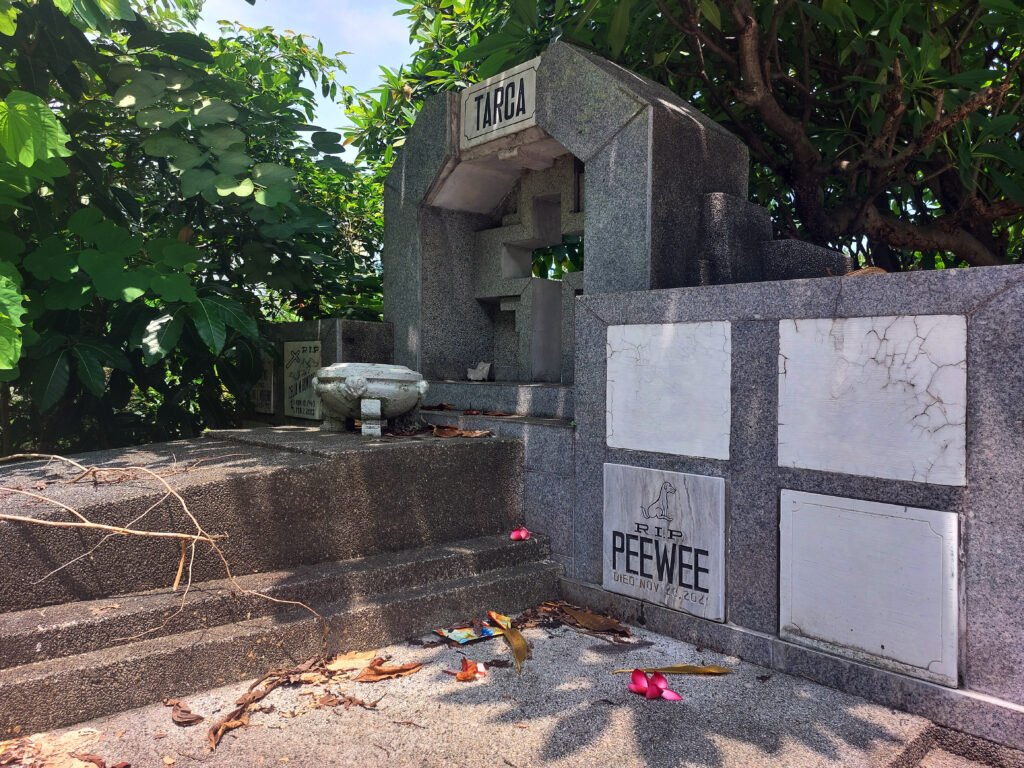

In documenting these places, what are you hoping to discover?
Hans Malgapu: I am interested in delving deeper into the lesser-known aspects of local history, particularly how the deceased are remembered and honored through various means such as architecture and epitaphs. I aim to explore subthemes such as eviction, inequality, and the paradox of rest.
Further on the subject of discovery, during a recent visit to a cemetery, I witnessed the emotional moment when people finally found the graves of their loved ones after years of searching.
What have you learned about life, death, and coping with loss from your visits to the cemetery?
Hans Malgapu: Steer clear of taking flowers, candles, or disturbing any offerings meant for the departed. These items represent their sole illumination, their solitary possession— conduits of remembrance for a life that has reached its end.
My visits to the cemetery serve as a reminder of humanity’s capacity to harm the living AND the dead.
Have you ever encountered supernatural activity during your cemetery visits, and if so, how has it influenced your fascination for this typology?
Hans Malgapu: None so far, and I do hope it stays that way.
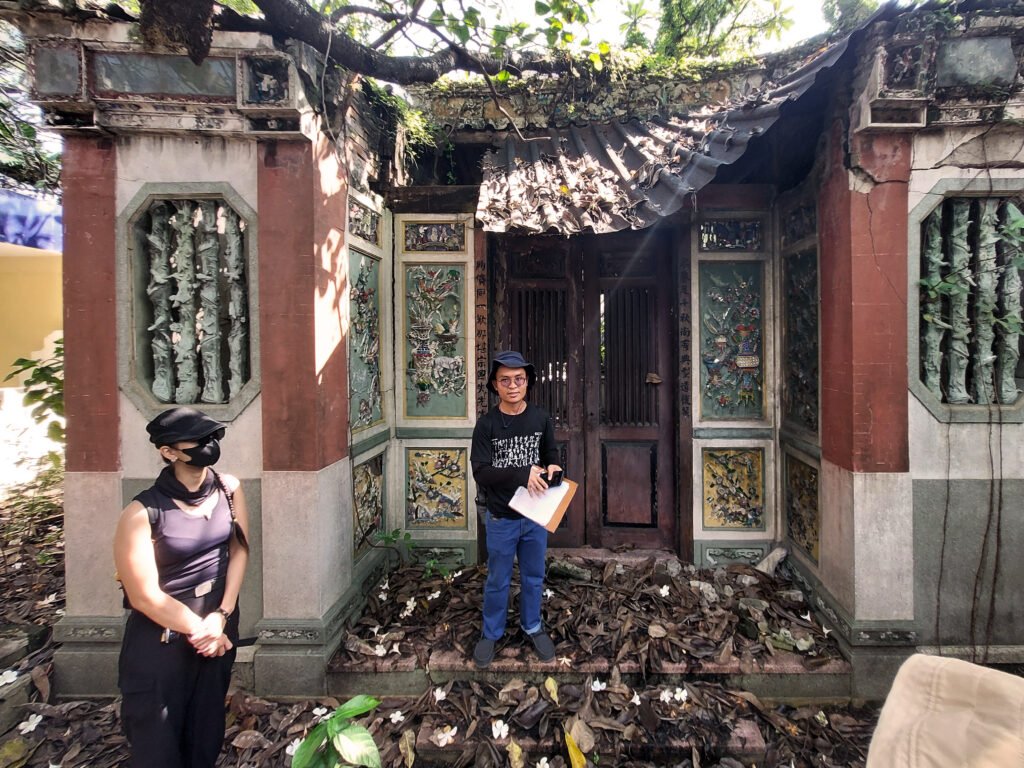

“Steer clear of taking flowers, candles, or disturbing any offerings meant for the departed. These items represent their sole illumination, their solitary possession—conduits of remembrance.”
How do you believe cemeteries reflect our nation’s history based on your observations?
Hans Malgapu: Cemeteries bear witness to the history of a country and its people. In the Philippines, they tell stories of different communities and their unique experiences. Paco Cemetery, which is now a park, was established as the final resting place for victims of a cholera outbreak in the 1800s, as well as for wealthy families. La Loma Cemetery was built when Paco Cemetery ran out of space and was intended for baptized individuals. It also served as a base for the Japanese Imperial Army during World War II, who even installed an anti-aircraft gun on its consecrated grounds.
In contrast to the gatekeeping in the aforementioned cemetery, the Chinese Cemetery was founded by Lim Ong and Carlos Palanca, the namesake of the prestigious literary award. It was designed to accommodate both Catholic and non-Catholic Chinese, those who died from communicable diseases, and even those tagged as rebels. The cemetery also housed the oldest Chinese memorial temple in the city, Chong Hock Tong, which was unfortunately demolished in 2015 due to termite infestation.
The Manila South Cemetery is a small part of Manila located in the Makati area, which was purchased from the Zobel family.
Each cemetery has its own unique story, shaped by the lives of those who are buried there and those who visit.
What is the role of photography in preserving and conveying the historical significance of time-charged sites such as cemeteries?
Hans Malgapu: During a recent cemetery tour, we visited the distinctive, mosaic-decorated mausoleum of glassmaker Carlos Basa Ongchunco. The mausoleum was already dilapidated, and our guide showed us a photo of it in its old and pristine state. It made us realize the importance of photography not just as a tool for capturing the past but also as a means of preserving it. By documenting places, events, and other things, we can learn from them and strive to protect what is left of them. It’s a race against time, forgetfulness, and humanity’s urge to alter whatever landscape he is in.
In your opinion, how can others benefit from understanding and appreciating the heritage found in cemeteries?
Hans Malgapu: Old cemeteries offer a unique window into our past, providing us with insights into our culture and history. By studying the headstones, we can learn about the lives and contributions of those who have come before us. Visiting a cemetery can also help us reflect on the fleeting nature of life and the importance of cherishing our loved ones. Finally, it is an opportunity to pay our respects to the deceased and keep their memory alive.
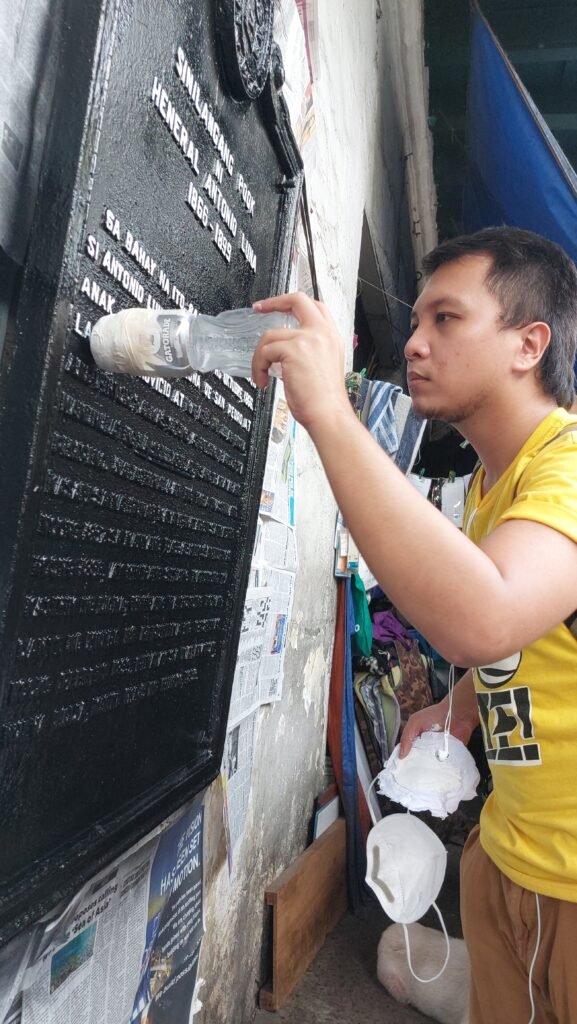

Do you have a favorite cemetery or mausoleum you’ve visited?
Hans Malgapu: Either La Loma Cemetery or the Manila Chinese Cemetery. Nothing extraordinary, I just yearn for quiet spaces to meditate and reflect. These two cemeteries are great options for both. •
Hans Malgapu: I encourage your readers to visit these online pages for more information about the heritage cause: Sementeryo: Heritage Cemeteries of the Philippines, Heritage Collective, AKIM/Manila Girls, Renacimiento Manila, Manilenos for Heritage, and Brutalist Pilipinas.
